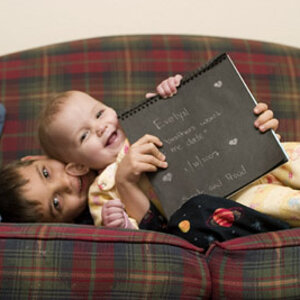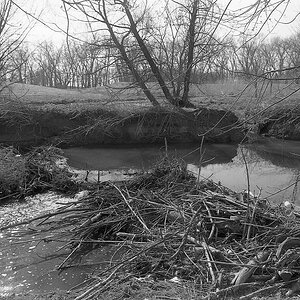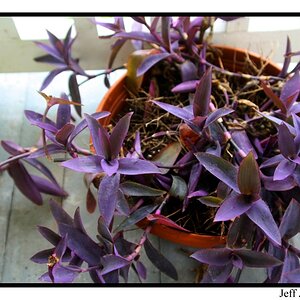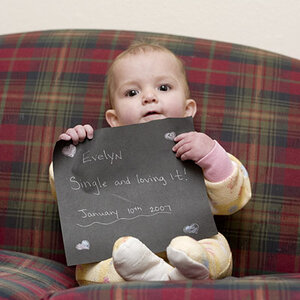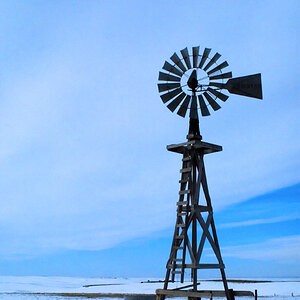Hi photography enthusiasts,
some days ago i transformed my room into a small home studio for taking portrait photos.
During the first photo session i noticed that i had to turn the exposure compensation to a minimum (-5.0 until -4.0) on my nikon D5500. I use 2 studio flashes, the flashes (with softboxes) are already turned to a minimum. So when i had the Exposure compensation higher than -4.0 (means from -3,7 until +5 of course) the photos were too bright, even with the flashes turned to the lowest possible setting. The flash compensation doesn't change anything. Is that normal or am i missing something?
Edit: I shoot with aperture mode, could that be the problem, should i use manual mode and higher the shutter speed??
Thanks for every help.
some days ago i transformed my room into a small home studio for taking portrait photos.
During the first photo session i noticed that i had to turn the exposure compensation to a minimum (-5.0 until -4.0) on my nikon D5500. I use 2 studio flashes, the flashes (with softboxes) are already turned to a minimum. So when i had the Exposure compensation higher than -4.0 (means from -3,7 until +5 of course) the photos were too bright, even with the flashes turned to the lowest possible setting. The flash compensation doesn't change anything. Is that normal or am i missing something?
Edit: I shoot with aperture mode, could that be the problem, should i use manual mode and higher the shutter speed??
Thanks for every help.
Last edited:


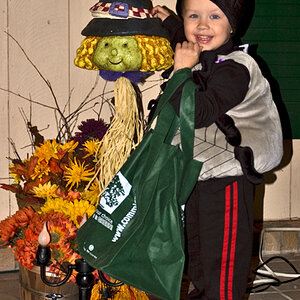
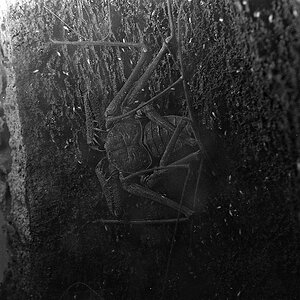
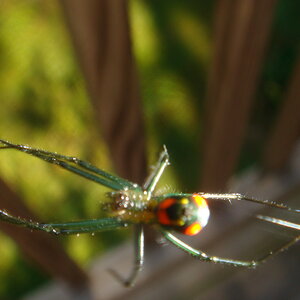
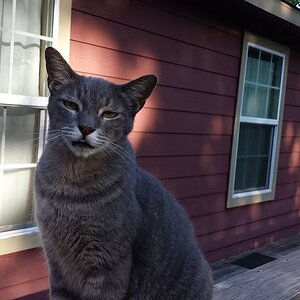
![[No title]](/data/xfmg/thumbnail/42/42253-fef7e43227f484b1a95dd6d85c03bd40.jpg?1619740063)

